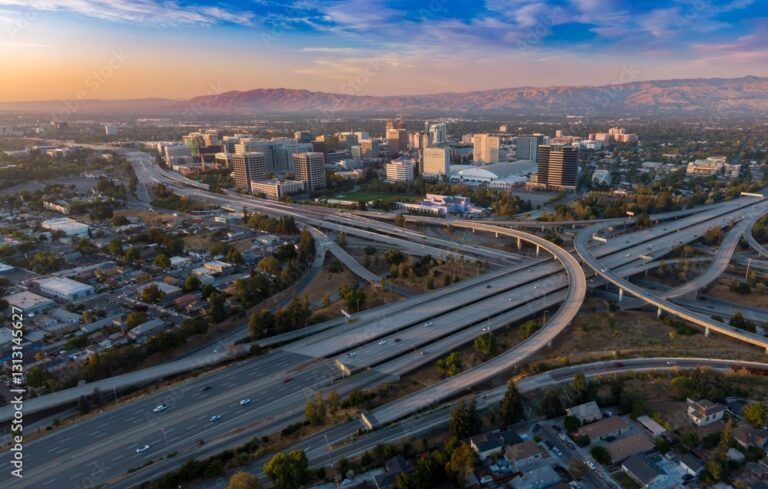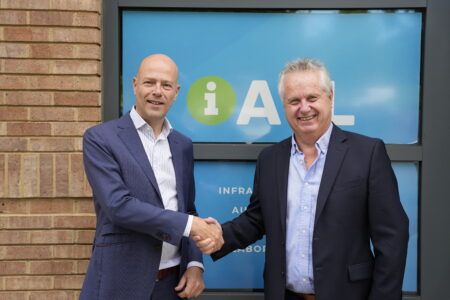Sony Semiconductor Solutions is participating at the ITS World Congress, taking place this week (August 24-28).
The company is highlighting two groundbreaking municipal deployments of its advanced edge AI sensing technologies: a road safety initiative in Lakewood, Colorado, and a comprehensive traffic management pilot with the City of San José, California.
These real-world examples illustrate how Sony’s specialized semiconductor and camera technologies are helping local governments enhance safety, manage public space, and support more efficient and equitable urban mobility.
“At Sony, we believe the future of mobility starts with seeing the world more clearly,” says Yu Kitamura, senior business development manager, Sony Semiconductor Solutions America. “By combining high-performance AI capable intelligent vision sensors with data applications, we’re helping cities like Lakewood and San José respond to rapidly evolving transportation patterns and infrastructure needs.”
In Lakewood, Sony’s intelligent vision sensors, which enable AI processing on the edge, are supporting a traffic safety initiative focused on reducing collisions and near-misses at high-risk intersections and mid-block corridors. The system provides precise, real-time detection of vehicle movements, pedestrian crossings – even in challenging lighting or weather conditions – helping city officials improve vulnerable road users’ (VRUs) safety toward the city’s Vision Zero goal.
As part of a pilot led by San José’s Department of Transportation, the city is exploring new ways to improve traffic data collection using advanced AI sensing technologies. Traditionally, traffic studies have relied on temporary surveys – often capturing just a few days of data – which can miss long-term patterns and seasonal fluctuations. By deploying a permanent monitoring system, the city gains continuous, high-accuracy data on vehicle counts, speeds, travel directions, as well as pedestrian and bicycle activity.
Initial evaluations show over 95% accuracy in tracking directional traffic flows, offering a more complete picture of roadway use. This richer dataset supports better-informed decisions around transportation planning, safety improvements, and infrastructure investments. In addition to traffic analysis, the same system architecture has the potential to support a variety of other smart city applications, including curb space management, illegal dumping detection, safer crosswalk monitoring, and asset protection in areas vulnerable to cable theft or vandalism.
Live demonstrations, data dashboards, and technical briefings are available to showcase how Sony’s edge AI sensing technologies are transforming public infrastructure management.
Image: AdobeStock





